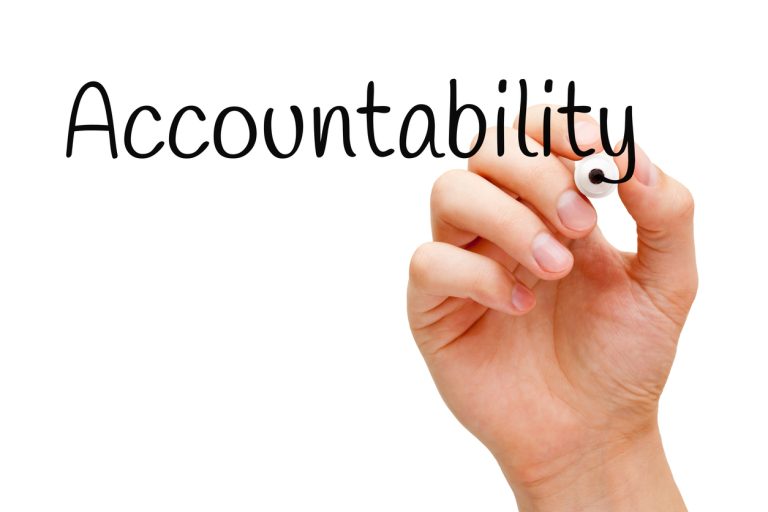Have you ever had a heart-to-heart conversation with someone you know who is a board member or an executive leader, only to learn just how much they are navigating the delicate balance between authority and vulnerability? While the boardroom is a space of decision-making, strategic influence, and corporate governance, it is remarkable how non-executives and executives find themselves feeling exposed and isolated, or even having feeling of imposter syndrome.
So today I wanted to take a moment to explore some of the nuances of vulnerability within the board, emphasizing that these sentiments are not unique, and that there is strength in acknowledging and addressing them collectively.
Unveiling the Vulnerability
Board members, despite their wealth of experience and expertise, are not impervious to moments of vulnerability. The responsibility of steering an organisation through uncertainty, regulatory challenges, and market fluctuations can create a sense of exposure, personally and professionally. The decisions made within the boardroom have far-reaching consequences, and the weight of this responsibility can make board members feel acutely vulnerable.
The vulnerability experienced within the board is not a sign of weakness, in fact it can be a testament to the dedication and commitment each member seeks to bring to the table. The pressure to uphold ethical standards, navigate complex issues, and align decisions with the organisation’s identity and best interests can be overwhelming. It’s essential for board members to recognise that these feelings are a shared experience, and they are not alone in facing these challenges.
The Isolation Paradox
Despite being part of a collective decision-making body, board members there can be many different reasons why members may experience a sense of isolation. The isolation often stems from the unique position they occupy, where the nature of their responsibilities could be seen to limit open discussions about personal concerns or uncertainties. The traditional perception of “towing the line” and showing unity through “unwavering confidence” can further contribute to a culture of silence. Intimidation also plays a heavy hand in creating isolation, fear, and silence, which ultimately becomes a very real risk to the board and the organisation they are custodians of.
However, it’s crucial for board members to understand that isolation is not an inherent characteristic of the role but rather a challenge that can be addressed collaboratively. There is strength and opportunity in fostering an environment of openness and respect, that can become building blocks towards trust. Board members can create a supportive network where vulnerabilities are acknowledged, discussed, and in many cases, ultimately can transformed into opportunities for growth.
Strength in Shared Experiences
Board members need to recognise that vulnerability is a natural part of leadership and acknowledging it does not diminish their efficacy. On the contrary, understanding and embracing vulnerability can be a strength that can enhance collaboration, innovation, and resilience within the boardroom. By sharing experiences and insights, board members can collectively navigate challenges with a renewed sense of purpose and unity.
To combat isolation, creating a “safe zone” that allows sensitive topics to be openly discussed without fear of judgement or ridicule. Identifying challenges and growth opportunities, provides a way for to expand the knowledge and skills of board members, which benefits the board and the organisation. This could lead to considerations like establishing mentorship programs, peer support initiatives, or regular forums for candid discussions within the board. These platforms can provide a space for board members to express concerns, share perspectives, and foster a deeper sense of camaraderie. In acknowledging vulnerability as a collective experience, the board becomes a stronger, more cohesive entity.
A Thought Leader’s Approach
As thought leaders within the boardroom, it is essential for executive leaders to lead by example in addressing vulnerability. Encourage open communication, active listening, and the sharing of personal experiences. By creating a “safe zone” where vulnerability can be demonstrated, thought leaders create a culture where board members feel empowered to express their concerns and uncertainties without fear of judgment. It also supports a more expanded and rigorous decision-making process.
In conclusion, feeling vulnerable and exposed within the board is a shared experience that can add value when embraced, rather than restricting growth and opportunity, when feared. By acknowledging vulnerability, addressing feelings of isolation, and fostering a culture of openness, board members can transform challenges into opportunities for growth and collaboration. Together, as thought leaders in corporate governance and as custodians of the organisational identity, we can create boardrooms that thrive on shared experiences and collective strength.




